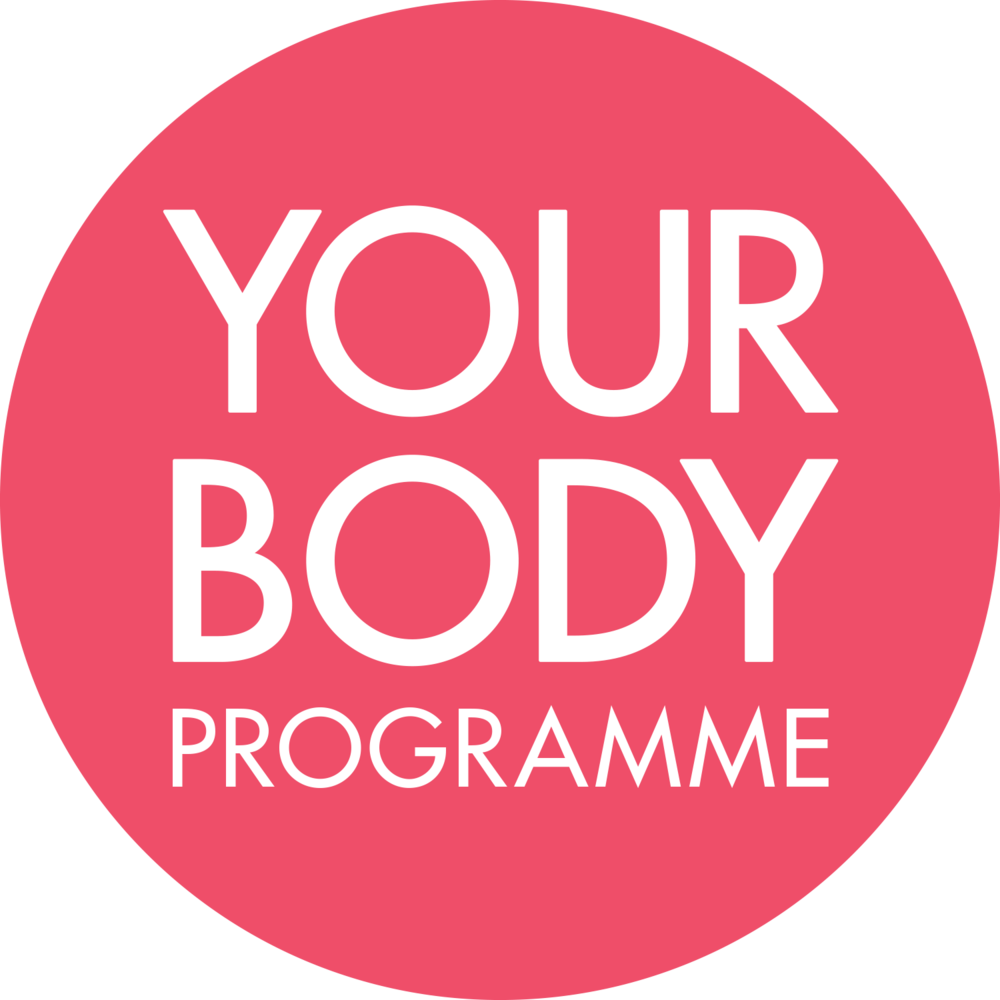Glycogen
What is glycogen?
Glycogen is the stored form of carbohydrate. A majority of glycogen is stored in skeletal muscle and the liver. The average human weighing 68kg can store between 60-120 grams (250-500 calories) in the liver and 200-500 grams (800-2000 calories) in skeletal muscle.
After a meal (postprandial), blood sugar levels rise, which is the trigger for the pancreas to secrete the hormone insulin. The blood sugar enters the liver cells (hepatocytes) via the portal vein. Several enzymes, primarily glycogen synthase, are stimulated by the action of insulin on the liver cells. Glucose is than added to the chains of stored glycogen (glucogenesis). Once the meal has been digested blood sugar and sequentially insulin levels drop, and glycogenesis stops. Under the influence of the hormone glucagon, when energy is needed the opposite process takes place. An enzyme called glycogen phosphorylase breaks down glycogen and converts it back to glucose (glycogenolysis).
Glucagon also initiates the breakdown of non-carbohydrate substrates (gluconeogenesis), such as fat and protein (glycerol and amino acids respectively). Glycogen stored in muscle cells appears to act as instantaneous fuel, providing glucose for working muscles. Muscle glycogen can only be used for internal use, as muscle cells do not possess the enzyme (glucose-6-phosphatase) required, which hepatocytes do, to allow glucose to pass into the bloodstream.
What happens when we eat?
What happens to the carbohydrate we eat depends on several factors. If our glycogen stores are full any consumed carb will be either used for energy if you are being physically active, or converted to fat (de novo lipogenesis) and stored in adipose tissue if you are sedentary. If glycogen stores are depleted due to a low carbohydrate diet, or an intense exercise session, any consumed carbohydrate will be used to replenish glycogen stores. If you are not consuming adequate carbohydrates to replenish liver glycogen stores non-carb substances (fat and protein) will be broken down and converted to glucose and then glycogen. The liver provides essential energy for the organs, not least the brain.
How much glycogen you oxidise during a workout depends on several factors:
- The duration, intensity and type of workout
- How trained the individual is
- The status of the glycogen stores
- What carbs have been consumed pre and during the exercise
Lose fat and not water
Glycogen is attached to water, for every gram there is 3-4 grams of water. It’s common when on a diet to lose a significant amount of weight in the first couple of weeks, and after this period fat loss stabilises. Many diet fads promise weight loss in a week, what they don’t say, is that the weight loss will come predominantly from glycogen and the attached water.
For example:
Let's say there is a 68 kg man and his glycogen stores are full. A man of this weight will hold approximately 500 grams (2000 calories/4 calories per gram for carbohydrate) of muscle glycogen, attached to around 1,500grams of water. Added together this comes to 2kg/4.4Lbs. Burning 2000 calories from muscle glycogen will approximately give you 2kg weight loss. How fast this is achieved depends on exercise frequency, intensity and of course the diet programme. Let's say it took a week. When the body starts to use fat stores for fuel the rapid loss will slow considerable. There is 3,500 calories in a pound of fat (9 calories per gram). To lose the same 2kg/4.4Lbs of weight from fat would require burning 15,400 calories. This would take about 7-8 weeks.
Most people’s goal on a fat loss diet is to deplete glycogen stores, by reducing carbohydrate and increasing exercise, subsequently moving into a ketogenic state. The ketogenic diet is probably the quickest way to lose fat, but not the healthiest. Losing fat gradually is the healthier, attainable and more maintainable approach.
During a resistance-training workout we burn roughly 30-40 percent of our muscle glycogen, while during a high intensity fat loss style programme this increases to approximately 60-75 percent. It’s essential to replenish muscle glycogen within 2 hours of training, after this timeframe replenishment capacity decreases by 50 percent.

